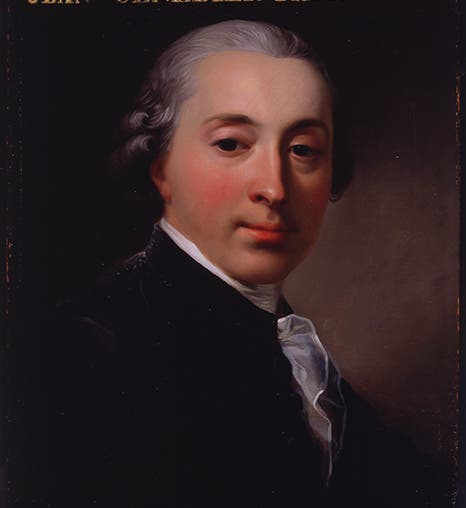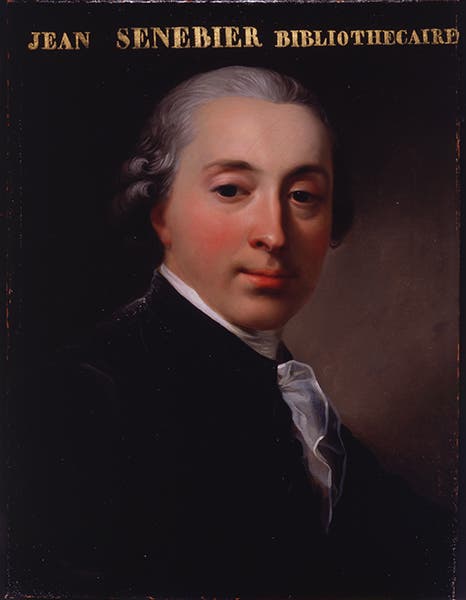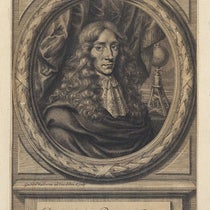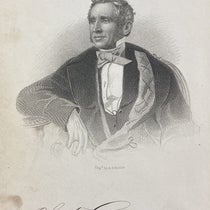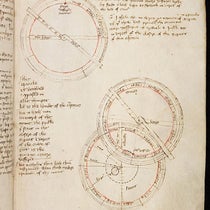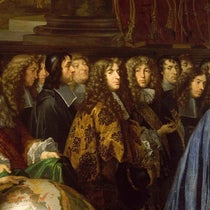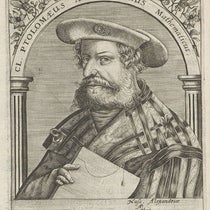Scientist of the Day - Jean Senebier
Jean Senebier, a Swiss naturalist, was born May 6, 1742. Senebier was one of several investigators who contributed to our understanding of that complex plant magic that we call photosynthesis. Several years ago, we wrote a post on Jan Ingenhousz, a Dutch physician and plant chemist, and we said there – as is often said – that Ingenhousz discovered photosynthesis. In truth, that was a bit of an over-simplification. What Ingenhousz discovered, in 1779, was that, when the green parts of a plant are exposed to sunlight, the plant produces "good air" which, we would call oxygen, but which at the time, was known as “dephlogisticated air” (for more on the phlogiston theory, see our post of just a few months ago on Joseph Priestley). But Ingenhousz did not know that an essential ingredient in this process is carbon dioxide, or "fixed air", as it was called. This was where Senebier came in.
Senebier, beginning about 1782, showed that, in sunlight, plants absorb fixed air (carbon dioxide) and emit dephlogisticated air (oxygen), and they will make oxygen unless carbon dioxide and sunlight are present. He showed that the production of oxygen takes place in the leaves. And he further showed that the plants manufacture something else in the process, something with carbon in it, which presumably came from the fixed air. Senebier wrote three books on the subject between 1782 and 1788, the last being Expériences sur l'action de la lumičre solaire dans la végétation; we have all three works in our History of Science Collection. I am sorry that, in the present circumstances, we have no access to these books and cannot show you images from them.
Thus, when it comes to the question of who discovered photosynthesis, both Ingenhousz and Senebier deserve credit. But not all the credit. Neither of them realized that, when a plant converts carbon dioxide to oxygen in the presence of sunlight and makes an organic carbon compound, there is a further byproduct: energy. We cannot fault either man for not realizing this, for energy as a concept did not exist in the 1780s. It would not be until 1845 that a German, Julius Mayer, one of the pioneers in the understanding of energy, would show that photosynthesis, in addition to everything else, produces energy by the conversion of sunlight into chemical energy. So one might conclude that it took the work of Senebier, Ingenhousz, and Mayer (and perhaps Priestley and Antoine Lavoisier as well), to even begin to unravel the complicated process of photosynthesis.
Interestingly, if you ask Google: "Who discovered photosynthesis", the answer is unequivocal: Jan Ingenhousz. But just below, Google provides images of people you might also search for, and the photos include: Senebier, Priestley, Jan van Helmont (who discovered gases in the first place), Stephen Hales (who showed that respiration takes place in the leaves), Mayer, and even Melvin Calvin of more recent times, who discovered the actual pathway of carbon in photosynthesis, and earned a Nobel Prize for his efforts. So when Google answers, sometimes the images do a much better job of telling the story, especially when the story is complicated.
The oil portrait of Senebier above is at the University of Geneva. There is a second oil portrait that is shown on the website of the Royal Netherlands Academy of Science (KNAW). No provenance is given, but it definitely portrays Senebier, and it looks authentic. If anyone knows the location of this portrait and/or the portrait artist, please let us know.
William B. Ashworth, Jr., Consultant for the History of Science, Linda Hall Library and Associate Professor emeritus, Department of History, University of Missouri-Kansas City. Comments or corrections are welcome; please direct to ashworthw@umkc.edu.

